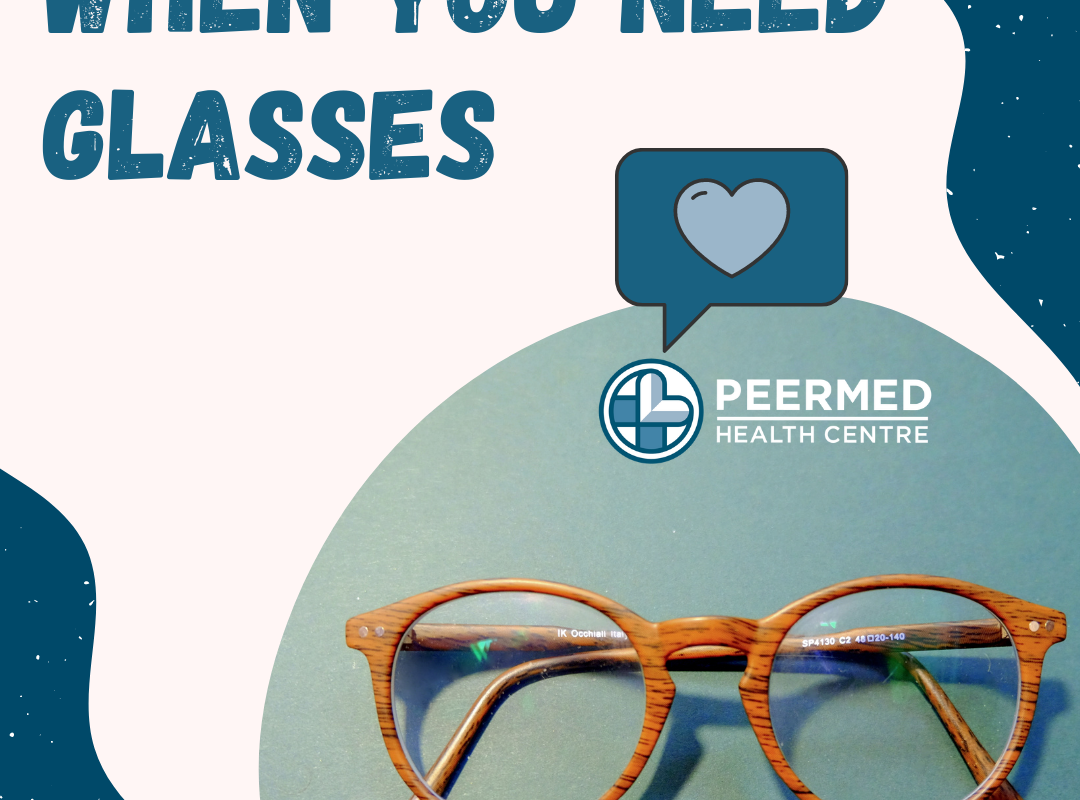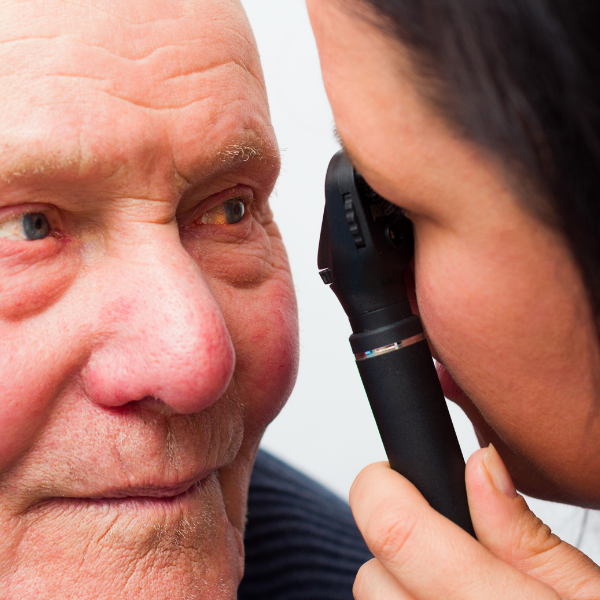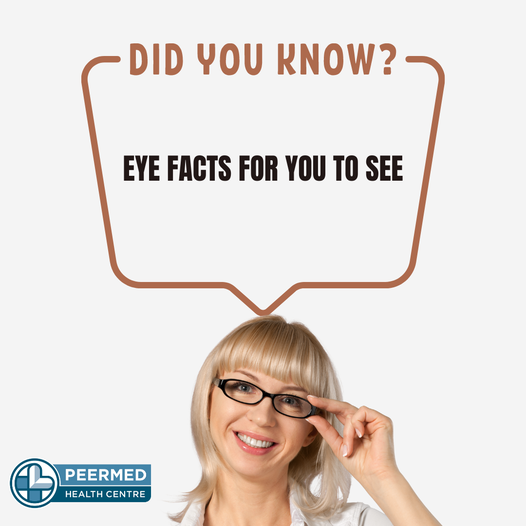EYE CARE MYTHS
1. Carrots improves vision
Vitamin A is essential for the body to maintain healthy eyesight and carrots have high amounts of this nutrient. But the body only needs a relatively small amount of vitamin A for vision, and it can be obtained through many sources.
2. If you cross your eyes, they’ll stay that way.
Your eye muscles allow you to move your eyes in all directions. Looking left or right, up or down, won’t force them to remain in those positions, just as crossing the eyes won’t force them to stay that way.
3. Losing vision is an inevitable part of aging
Many vision problems that develop as people age can be treated. Presbyopia, which is near-vision loss, and cataracts can both be remedied to allow adults to see clearly again.
Knowing the facts is important, so is getting your regular eye test to ensure that your eyes are well taken care of.




